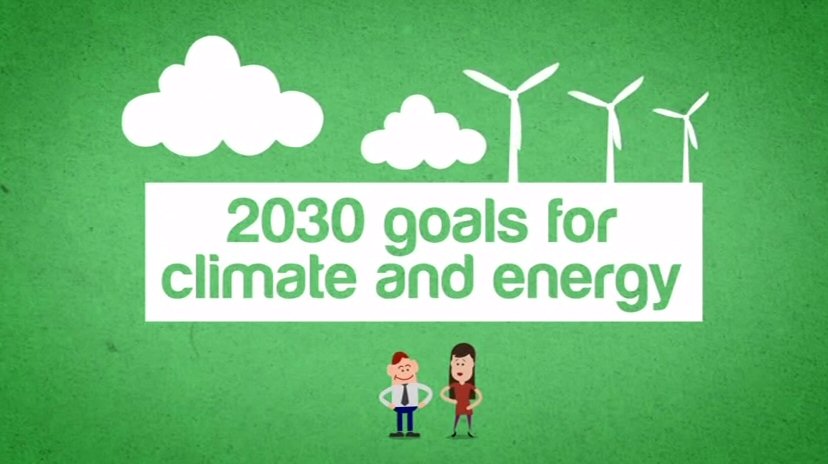The need and opportunities to accelerate the reduction in agricultural greenhouse gas (GHG) emissions have been underlined in a number of recent reports (see, for example, the IPCC Special Report on Climate Change and Land (2018) or the IEEP report Net-Zero Agriculture in 2050: How to Get There (2019)). Following a period from 1990 to 2012 with a steady decrease in EU agricultural emissions amounting to 22% in total, these emissions have begun to increase since then, growing by 4% over the 2012-2017 period.
In this post, I examine the projected trend in agricultural emissions to 2030, drawing on the most recent European Environment Agency (EEA) report on Trends and Projections in Europe 2019 as well as the inventory of policies and measures that Member States have taken or plan to take to reduce these emissions in future.… Read the rest


